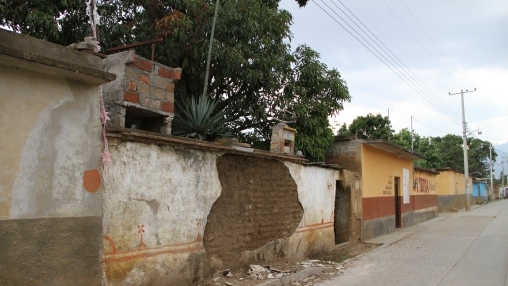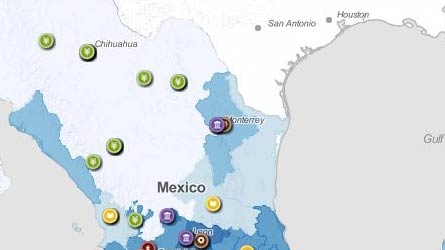Challenge
In the 2012 “General Criteria of Economic Policy” (Criterios Generales de Política Económica 2012), the Government of Mexico underlines the relevance of fiscal risks associated with macroeconomics shocks, crises in the financial sector, and unexpected expenditure outlays related to adverse natural events. Macroeconomic risks stem from lower economic activity, oil price volatility, and interest rate and exchange rate movements.
Financial sector-related fiscal risks originate from contingent liabilities associated with rescues of financial institutions or financial systems. Population growth and the concentration of physical assets in urban areas are leading to increased exposure to natural disasters. Weather and commodity price shocks constitute a relevant source of risk for the agriculture sector. Overall, the materialization of fiscal risks generated by unexpected spending pressures or revenue losses may trigger disruptive and costly ad hoc adjustments during annual budget implementation.
Solution
The World Bank has supported Mexico for the past decade on risk financing and management through a complementary package of knowledge, financial, and convening services. The following examples are illustrative:
- Supporting an integrated risk management approach, promoting the institutionalization of risk mitigation policies, and highlighting critical elements of the risk management framework.
- Assisting the country to develop an integrated financing and insurance strategy for managing disaster-related risks and extending this strategy to the state level.
- Using IBRD’s Multi-Cat Program to help the country transfer catastrophe (cat) risk to the capital markets through the issuance of cat bonds.
- Supporting the agriculture sector through the development of a strategy to reduce the vulnerability of producers and rural communities, and evaluating the efficiency of existing public sector interventions in the area of agricultural insurance and commodity price risk management.
- Contributing to the regular assessment of the financial sector and supporting the development a better functioning annuity market to mitigate pension liabilities.
- Executing a total of USD14.5 billion of interest rate fixings and local currency transactions to help the government manage its interest rate and foreign exchange risks.

